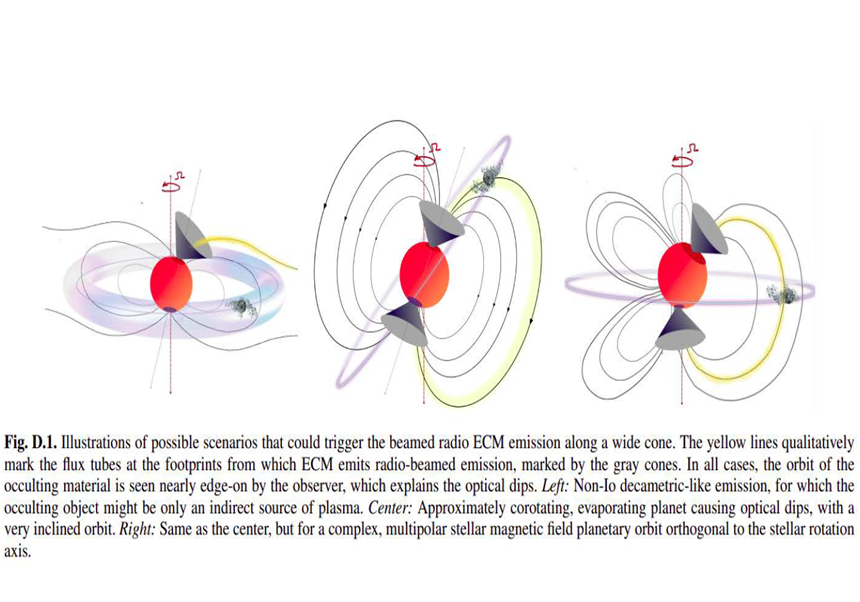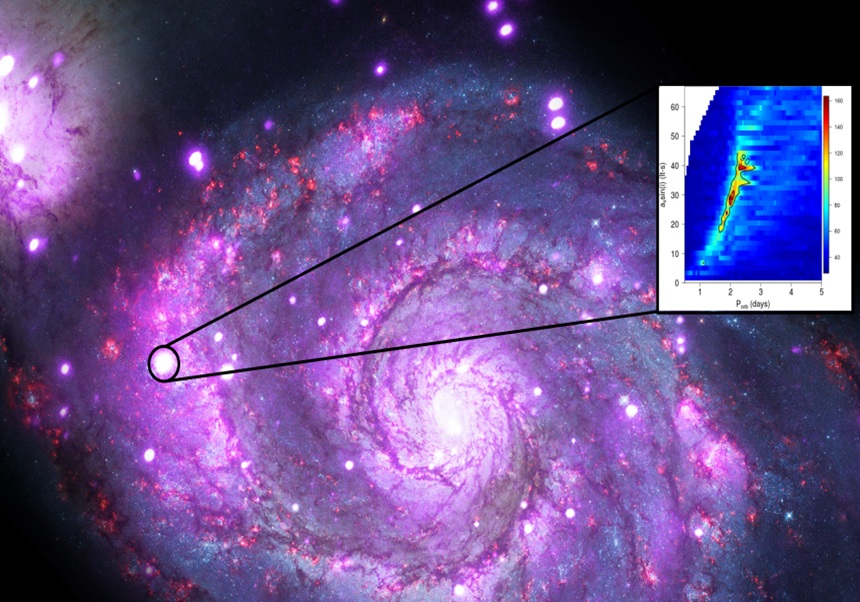This month we can find looking to south, near the horizon, if this is free of mountains and fog, a small constellation of celestial south hemisphere, Microscope (Microscopium), invented by the French astronomer Lacaille the year 1752. Júpiter will continue shining in Sagitarius and its is seeing in south direction in the first hours of the night. The planets Venus and Mercuri return to the occidental sky. And the probe Phoenix Polar Lander continues sending data from the marcian surface.
This month we can find free of mountains and fog, a small constellation of the celestial south hemisphere, Microscope (Microscopium), looking to midday, near the horizon. This scientific instrument is represented in the sky by the French astronomer Nicolas-Louis de Lacaille that, in 1752, to fill a gap in the sky, created a zone of the austral sky without denomination. This scientist passed four years observing the sky from his observatory in South-Africa in Captown and created 14 new constellations. But against the tradition of nominating them with mythological characters, he associated these groups of stars with the new devices that started to revolutionize the modern science: the telescope, the microscope, the chemical oven, the pneumatic machine, the clock|watch, the, etc, compass...
Microscopi only possesses weak stars. The most brilliant is Gamma Microscopii, a giant star ten times greater than the Sun. It has been calculated that in its path around the center of our galaxy, Gamma Microscopii passed only at 6 years light of the Sun some 3,8 a million of years ago. It was one of the nearest celestial objects to our solar system. In this way it was during a time the most brilliant star of the sky of the Earth with a magnitude of -3 and therefore as brilliant as Venus.
The month will start with a meeting of three planets, after the sitting of the Sun. Venus and Mercury, brilliants, will have in the middle the far and weak planet Mars. These planets will be changing their position and keep on nearing themselves in an apparent way. Venus and Mars will have the maximum approach on the 11 of September.
Júpiter will continue shining in Sagitarius and in direction south in the first hours of the night. If we use a telescope, the observation of this planet with the bands of clouds and its court of satellites is always a spectacular vision. On the 9 of September we will see it on top of the Moon.
On the 7th September the Moon will show the aspect of fourth increase. We will have full moon on the 15th, and fourth diminishing on 22. On the 29th our satellite will show us the aspect of new moon.
The marcian robotic probe Phoenix Mars Lander has just completed one of the main missions, the detection of water. With its arm excavator has extracted ice at few centimeters from the surface and one of the analysers of the ship has confirmed that it is water and not any other frozen substance. It is necessary still more to know about this water, if sometimes it was defrosted or sustained some type of life. The NASA has prollonged 90 days more the life in the mission for the results obtained until now.
The sky of September 2008

The attached image represents a map of the night sky of the 1st September of 2008, at 23:30 hours (official hour), that can be used for the observation. Put on top of the head with the inferior part in south direction (S). You will have the North (N) in your back, the East (E) will be in the left and the West (or) in the right. Then you will see how the stars of the map correspond with those of the sky. This planisphere can also serve to you during all the month. Only it will be necessary to be left 4 minutes per day of the time of indicated observation. Like this this card will be correct for the 15th at 22:30 hours and for the 30th at 21:30 hours.












